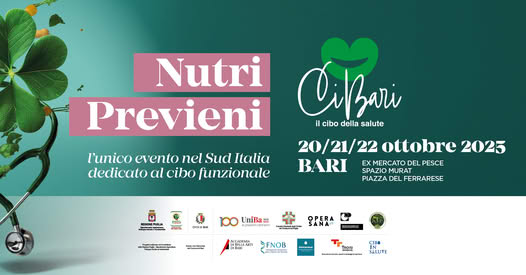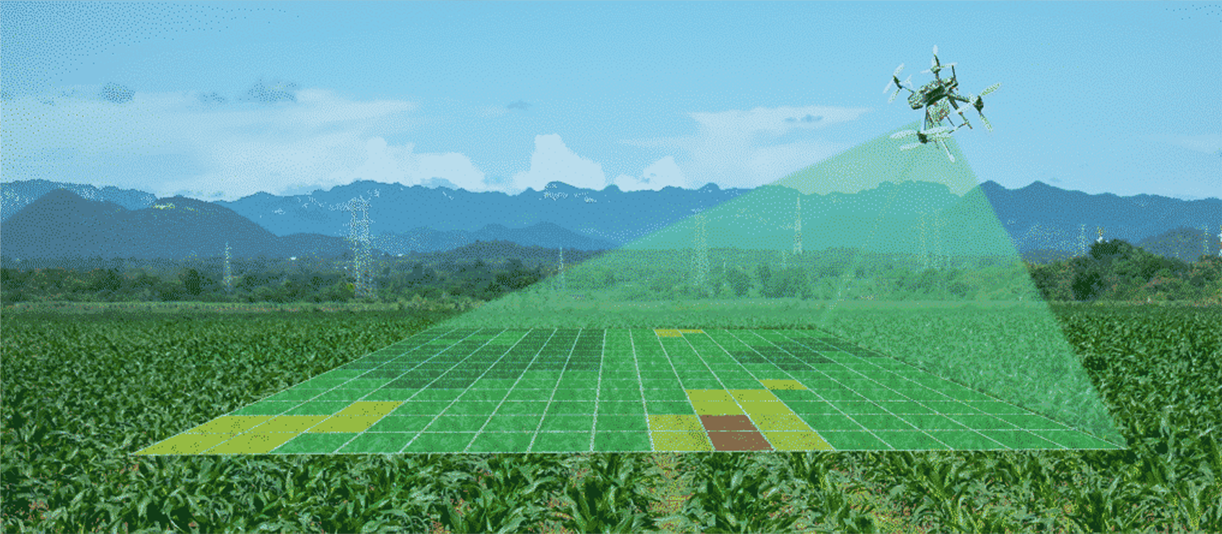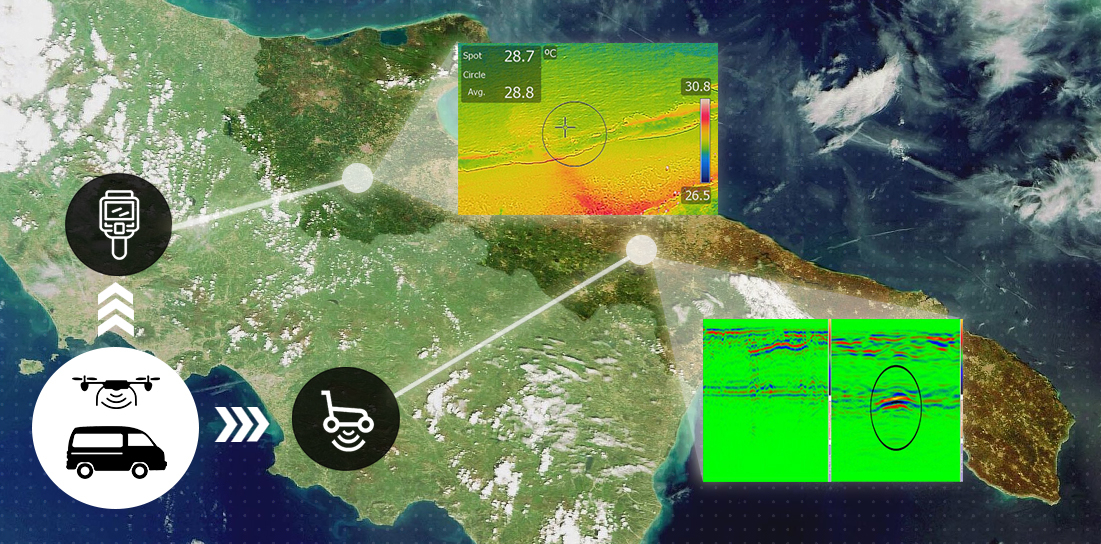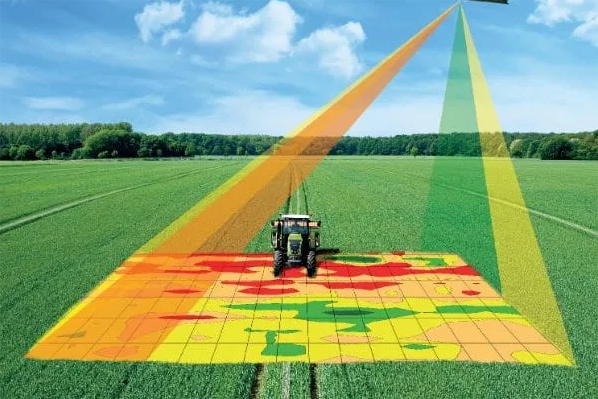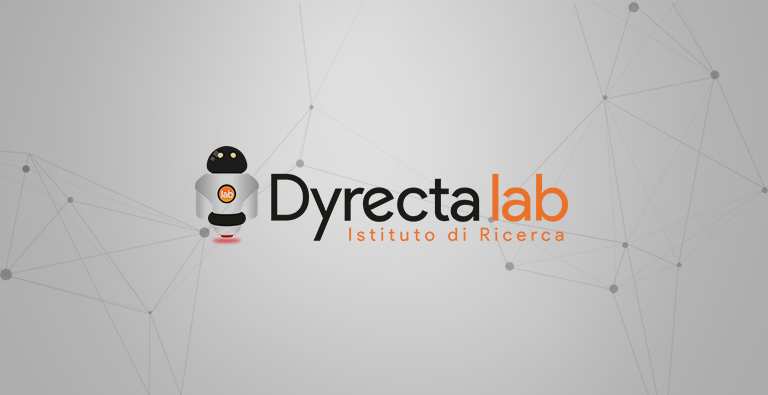Abstract: In the framework of a specific project supported by the EC-ERDF programme in the Apulia Region (Italy), a local consortium of private ICT companies and Research institutions is currently developing and testing a Decision Support System called ‘HydroTech’ (HT-DSS), which aims to integrate the latest scientific knowledge on crop water requirements and irrigation scheduling with the more advanced technological solutions for the continuous sensor-based monitoring in the soil-plant-atmosphere system, as well as the remote and automated control of irrigation supply networks. The ‘core’ algorithm of Hydrotech-DSS is based on the well-established FAO-56 methodology (Allen et al., 1998), further improved in order to allow the application of different models for ETo estimation, to apply the heat unit concept for the simulation of crop development, to customize irrigation strategies options according to a complete set of priorities (including deficit irrigation), and finally to allow the further improvement of the Kc curve according to crop/variety specific biometric and phenological measurements. An additional ‘multi-plot/crop management module’ has been created for the real-time simulation of the crop water balance, as well as to simulate a 3 to 7- days projected scenario using the high-resolution weather forecasting data, in order to forward a day-by-day irrigation planning. Then, a ‘dynamic optimizer’ supports the optimal setting of the irrigation priorities at the farm scale by taking into account water availability at the source (e.g. well, reservoir), the level of water stress reached by each crop type and the economic parameters including the cost of applied management practices and expected market price. At plot scale, the continuous monitoring of soil water status by capacitance soil water sensors enables the HT-DSS to further support the application of ‘closed-loop’ irrigation control strategies by setting irrigation timing and amount in order to reach a specific soil moisture content and/or to avoid/control plant water stress. Finally, HT-DSS integrates a set of flexible solutions for partially or completely automated irrigation management, by means of real-time and remote monitoring in the water supply network (volumes, discharges, pressures, etc.) and control of actuators (at the level of pumping station, hydrants, electro-valves, etc.) to support farm operational management, as described in the companion paper (Riezzo et al.,2013; this issue).The preliminary results of the DSS implementation are presented in relation to the on-going experimental and demonstration activities established in 88 different local farms, and an example of application for a peach orchard is briefly introduced.
Keywords: irrigation, decision support system, water balance model, capacitance sensor, optimization


